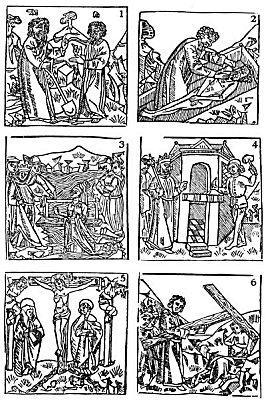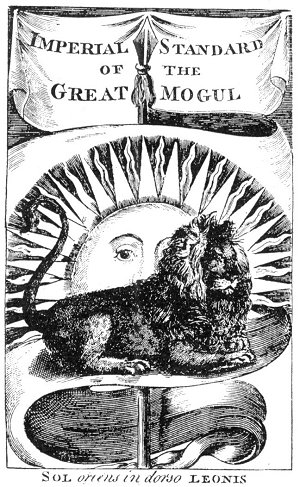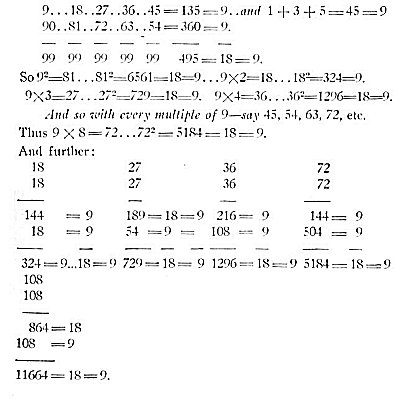The “perhaps” of Professor Hitchcock is henceforth changed by the demonstration of psychometry into a triumphant certitude. Those who understand these psychological and clairvoyant faculties will take exception to Professor Hitchcock’s idea, that acuter senses than ours are needed to see these pictures upon his supposed cosmic canvas, and maintain that he should have confined his limitations to the external senses of the body. The human spirit, being of the Divine, immortal Spirit, appreciates neither past nor future, but sees all things as in the present. These daguerreotypes referred to in the above quotation are imprinted upon the astral light, where, as we said before — and, according to the Hermetic teaching, the first portion of which is already accepted and demonstrated by science — is kept the record of all that was, is, or ever will be.
Of late, some of our learned men have given a particular attention to a subject hitherto branded with the mark of “superstition.” They begin speculating on hypothetical and invisible worlds. The authors of the Unseen Universe were the first to boldly take the lead, and already they find a follower in Professor Fiske, whose speculations are given in the Unseen World. Evidently the scientists are probing the insecure ground of materialism, and, feeling it trembling under their feet, are preparing for a less dishonorable surrender of arms in case of defeat. Jevons confirms Babbage, and both firmly believe that every thought, displacing the particles of the brain and setting them in motion, scatters them throughout the universe, and think that “each particle of the existing matter must be a register of all that has happened.” On the other hand, Dr. Thomas Young, in his lectures on natural philosophy, most positively invites us to “speculate with freedom on the possibility of independent worlds; some existing in different parts, others pervading each other, unseen and unknown, in the same space, and others again to which space may not be a necessary mode of existence.”
If scientists, proceeding from a strictly scientific point of view, such as the possibility of energy being transferred into the invisible universe — and on the principle of continuity, indulge in such speculations, why should occultists and spiritualists be refused the same privilege? Gan-
Page 186
glionic impressions on the surface of polished metal, are registered and may be preserved for an indefinite space of time, according to science; and Professor Draper illustrates the fact most poetically. “A shadow,” says he, “never falls upon a wall without leaving thereupon a permanent trace, a trace which might be made visible by resorting to proper processes. . . . The portraits of our friends, or landscape-views, may be hidden on the sensitive surface from the eye, but they are ready to make their appearance, as soon as proper developers are resorted to. A spectre is concealed on a silver or glassy surface, until, by our necromancy, we make it come forth into the visible world. Upon the walls of our most private apartments, where we think the eye of intrusion is altogether shut out, and our retirement can never be profaned, there exist the vestiges of all our acts, silhouettes of whatever we have done.”
If an indelible impression may be thus obtained on inorganic matter, and if nothing is lost or passes completely out of existence in the universe, why such a scientific levee of arms against the authors of the Unseen Universe? And on what ground can they reject the hypothesis that “Thought, conceived to affect the matter of another universe simultaneously with this, may explain a future state?”
In our opinion, if psychometry is one of the grandest proofs of the indestructibility of matter, retaining eternally the impressions of the outward world, the possession of that faculty by our inner sight is a still greater one in favor of the immortality of man’s individual spirit. Capable of discerning events which took place hundreds of thousands of years ago, why would it not apply the same faculty to a future lost in the eternity, in which there can be neither past nor future, but only one boundless present?
Notwithstanding the confessions of stupendous ignorance in some things, made by the scientists themselves, they still deny the existence of that mysterious spiritual force, lying beyond the grasp of the ordinary physical laws. They still hope to be able to apply to living beings the same laws which they have found to answer in reference to dead matter. And, having discovered what the kabalists term “the gross purgations” of Ether — light, heat, electricity, and motion — they have rejoiced over their good fortune, counted its vibrations in producing the colors of the spectrum; and, proud of their achievements, refuse to see any further. Several men of science have pondered more or less over its protean essence, and unable to measure it with their photometers, called it “an hypothetical medium of great elasticity and extreme tenuity, supposed to

Moe is the founder of GnosticWarrior.com. He is a father, husband, author, martial arts black belt, and an expert in Gnosticism, the occult, and esotericism.




